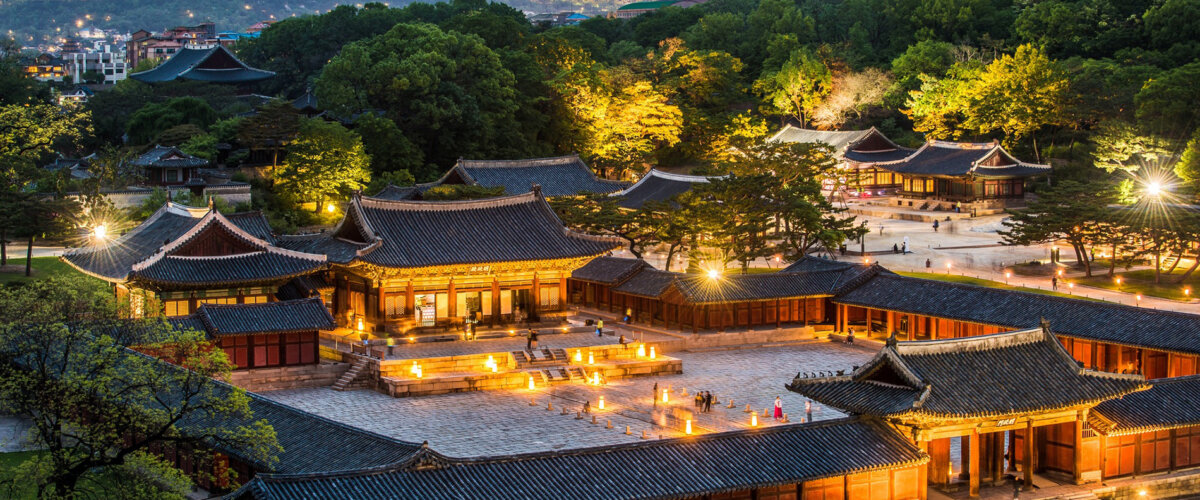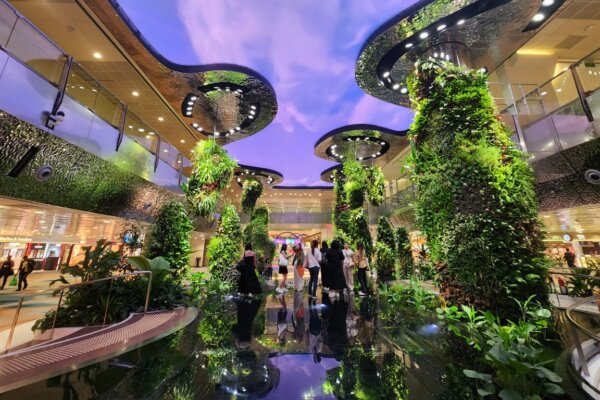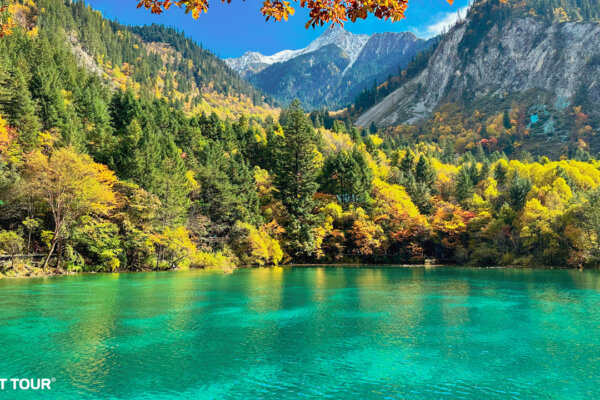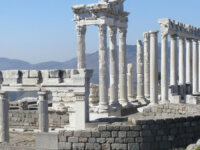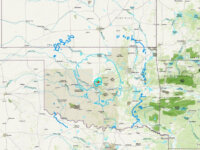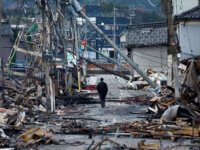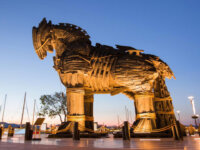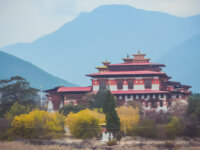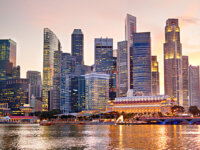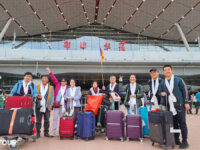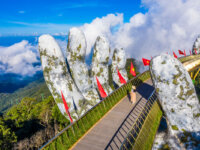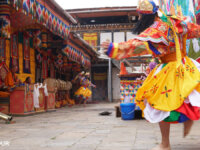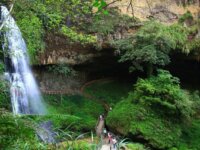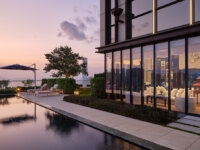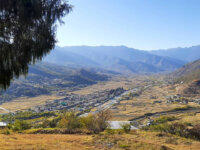SOUTH KOREA – In recent years, South Korea has become a renowned tourist destination worldwide. The country boasts a temperate climate with distinct four seasons, offering a relaxed and pleasant atmosphere. South Korea also captivates visitors with its grand architecture, rich cultural heritage, and diverse culinary delights.
Four Seasons in South Korea
South Korea experiences four distinct seasons. Spring, from March to May, offers warm and pleasant weather. If you choose to travel during this season, you’ll fall in love with South Korea all over again due to its beautiful weather and nature. It’s an ideal time for outdoor activities, and the country hosts numerous flower festivals nationwide.

Jeju in Spring. Photo: KTO Vietnam.
“Kkotnori” (flower viewing) and “sangchungaek” (flower picking) are everyday phrases as people travel across the country to admire vibrant and colorful flowers. Some famous spring flower festivals include the Yeouido Spring Flower Festival, Jinhae Gunhangje Cherry Blossom Festival, Gurye Sansuyu Flower Festival, Goyang International Flower Festival, and Jeju Canola Flower Festival.
Summer, from June to August, is a time for beach lovers. South Korea boasts numerous beaches with beach festivals happening all around. While Boryeong Mud Festival at Daecheon Beach is internationally renowned, the beaches of Haeundae and Gwangalli also attract many visitors with fireworks displays and lively concerts. Yangyang in Gangwon-do is an ideal spot for surfers. Daegu, famous as South Korea’s hottest city, hosts the Chimac Festival, offering unforgettable experiences with fried chicken and cold beer.

제주도 봄 (Spring on Jeju Island)
Clear blue skies blanket South Korea during the autumn season. Travelers should venture into the forests during the autumn season in South Korea to witness the vivid and enchanting red, yellow, and orange foliage. Seoraksan, Naejangsan, and Jirisan are famous destinations for autumn foliage enthusiasts.
Winter, from December to February, brings cold weather and is the perfect time for winter sports enthusiasts, especially skiing and snowboarding. Travelers can also experience ice fishing at the Hwacheon Sancheoneo Ice Festival and salmon fishing at the Pyeongchang Salmon Festival. Winter is also an ideal time for hiking in Seonjaryeong Pass and Taebaeksan Mountain in Gangwon-do. Both routes offer breathtaking landscapes that extend into early March.
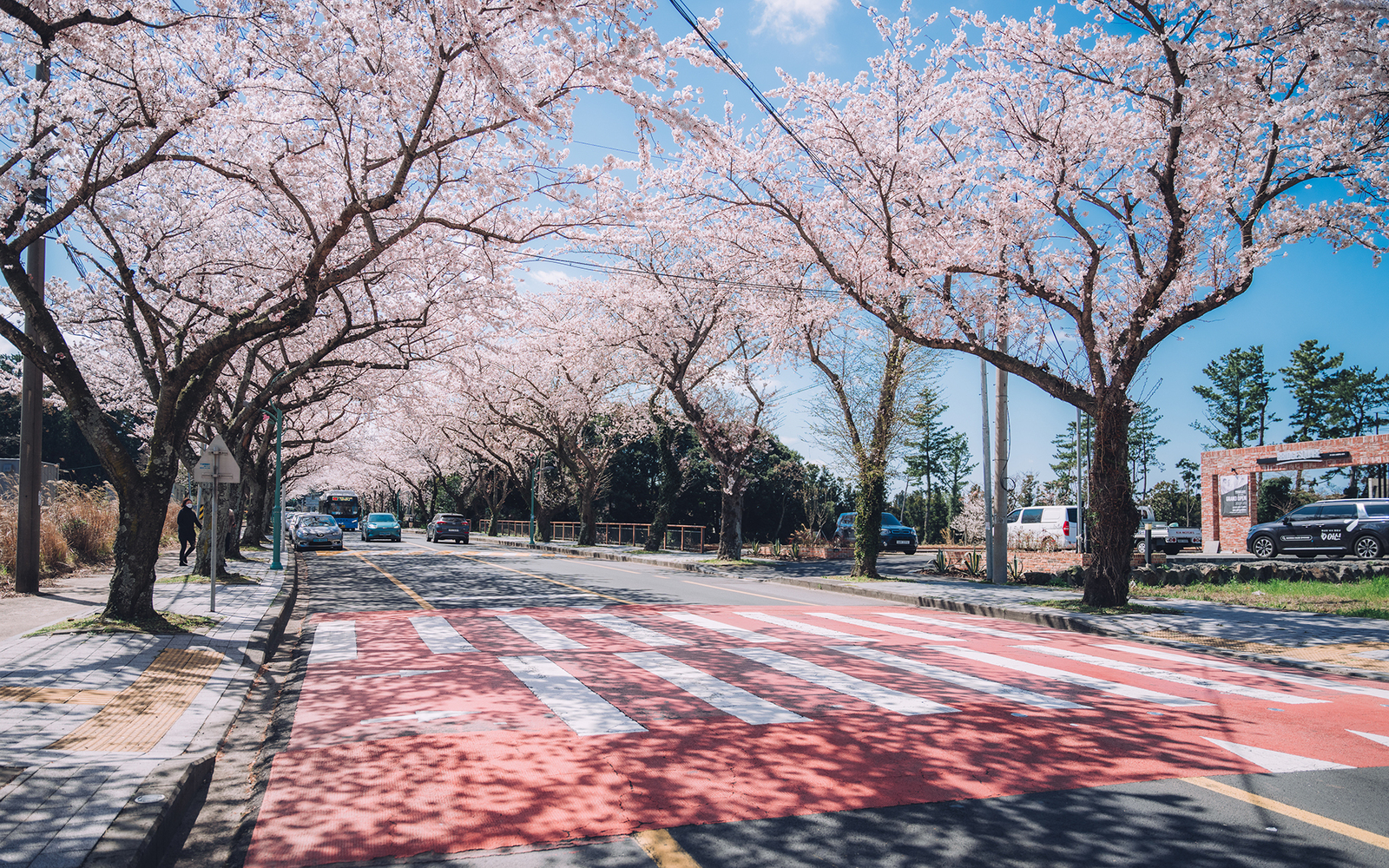
Jeju in Spring. Photo: KTO Vietnam.
Entry Requirements
The South Korean government has resumed issuing short-term C-3 visas for travelers from Level 1 countries starting from June 1. South Korea has lifted many disease prevention restrictions; however, international visitors are still required to present a negative Covid-19 test result (PCR or rapid test) before entry. Within 72 hours after arrival in South Korea, travelers must undergo a PCR test. The country has also lifted the requirement to wear masks outdoors.
Travel
Passengers can purchase tickets from South Korean airlines such as Asiana Airlines or Korean Air to Seoul.
Upon arrival, travelers can use the AREX express train, connecting Incheon Airport Terminals 1 and 2 to Seoul Station and vice versa. The travel time is approximately 43 minutes, and the ticket price is 9,500 won per person.
In-country transportation options include subway trains, buses, and taxis.
Subway Trains: In major cities like Seoul, Busan, and Incheon, tourists can use Google Maps or subway finder apps to locate the nearest station. The subway operates from 5:30 AM to midnight. Advantages include no traffic jams, safety, speed, and a chance to experience a unique mode of transportation. Disadvantages include crowded trains during rush hours or special events, mainly in large cities.
Buses: Buses are available in most provinces. Travelers can simply use Google Maps to find the nearest bus stop. Buses typically run every 10-15 minutes, or travelers can check electronic signs at the bus stops. Advantages include convenience, access to various destinations, and affordable fares. Disadvantages include potential wait times that could affect travel plans.
Taxis: Taxis can be hailed on the street, called through a dispatch service, or booked via mobile apps. From midnight to 4 AM, a 20% fare surcharge applies. Advantages include cleanliness, comfort, reasonable prices, and flexible scheduling. Disadvantages include being the most expensive transportation option. Make sure to check if the meter is running when you get in.
Tourist Attractions
Demilitarized Zone (DMZ): This area not only holds haunting memories of the Korean War from seven decades ago but also boasts pristine natural ecosystems. It’s one of the must-visit destinations during your stay in South Korea.
Famous Tourist Sites in Seoul: These include palaces like Gyeongbokgung, Changdeokgung, Changgyeonggung, and Deoksugung; the National Museum of Modern and Contemporary Art; Gwanghwamun Square; Bukchon Hanok Village; Namsan Park and Namsan Tower; the Blue House (the residence of the President of South Korea), which offers guided tours with four tours available daily. Travelers must register online at least three weeks before their visit. Additionally, Seoul is renowned for its many districts such as Dongdaemun Fashion Street, Itaewon, Insangdong, Hongdae, and more.

Changgyeonggung Palace, Seoul, illuminated at night. Photo: KTO Vietnam.
Tourist Attractions in Busan: Haeundae Beach and Gwangalli Beach; Sea Life Aquarium; BAY 101 – the best spot for admiring the city by night; Suyeongman Yacht Center; Shinsegae Centum City – a Guinness World Record holder as the “world’s largest department store” in 2009; Joseon Tongsinsa Historical Museum; Hwangnyeongsan Observatory; Busan Tower, and more.
Tourist Attractions in Gangwon Province: Nami Island; Chuncheon Myeongdong Dakgalbi Street; Chuncheon Joongang Traditional Market; Ocean World Water Park, and more.
Tourist Attractions in Jeju: Udo Island; Aqua Planet – the largest aquarium in the country; Seopjikoji – known for its canola flower fields in March-April; Bijarim Forest; Maze Land Theme Park, and more.
Hiking Trails in South Korea: Ansan Jarakgil Trail in Seoul, Jeju Olle Trail, Hanyangdoseong Trail, and more.
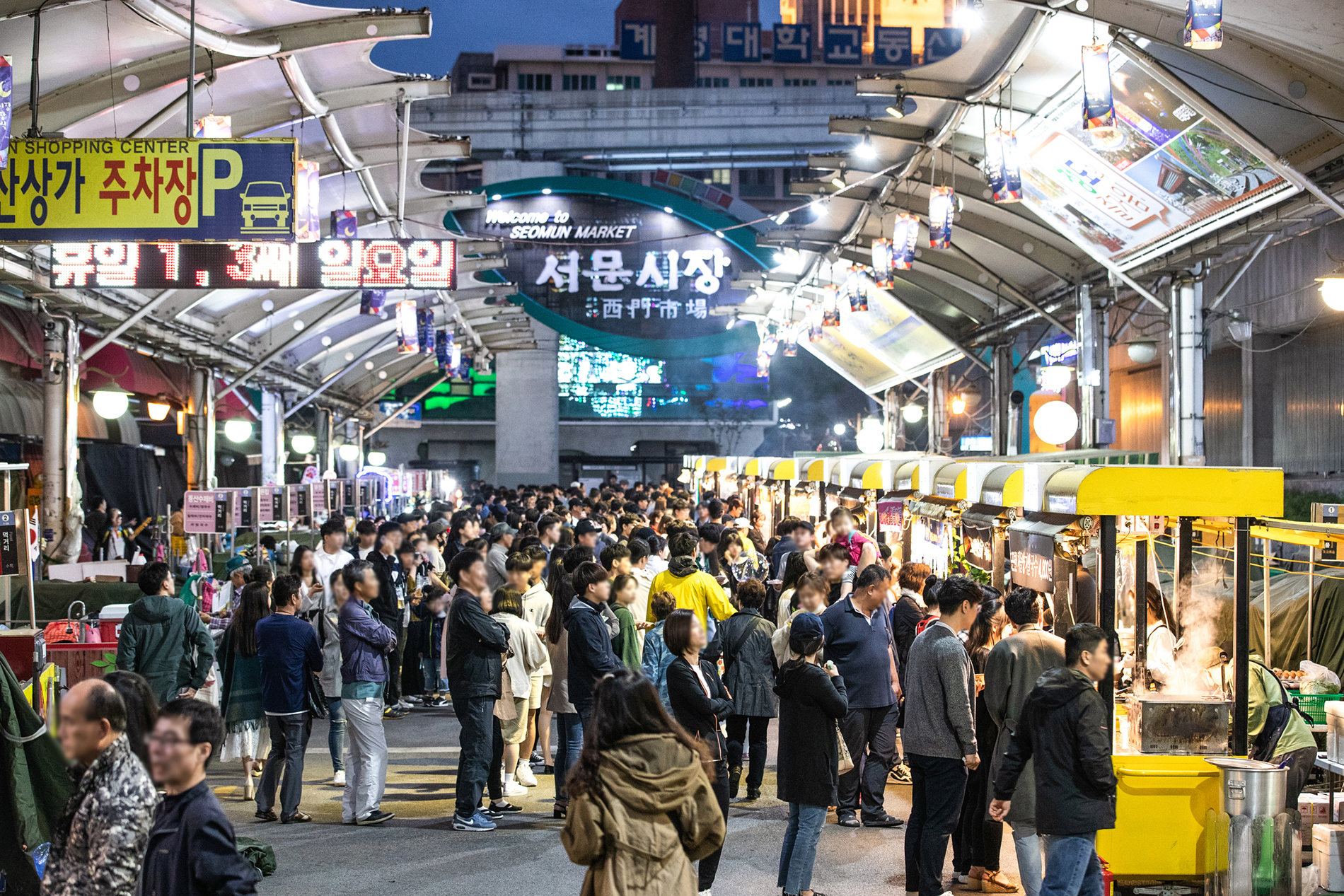
Seomun Market, Daegu. Photo: KTO Vietnam.
Nightlife Experiences
South Korea is a country that never sleeps; the streets are lit up throughout the night, so evenings here are just as vibrant and bustling as daytime. Many shopping districts and night markets stay open late, allowing travelers to enjoy shopping and entertainment.
Night Shopping: Dongdaemun Fashion Market is located in the capital city of Seoul. It’s an excellent place to shop for trendy clothing at affordable prices. One of the most famous shopping areas here is Doota Mall.
Night Food Tours: Depending on where you are, travelers can indulge in a variety of local dishes.
In Jeollabuk, you can enjoy fried chicken, stir-fried beef, steamed pork intestines, and more late at night at Jeonju Nambu Night Market. At Busan Bupyeong Kkangtong Night Market, you’ll find numerous local specialties like stuffed fried tofu, seafood, and noodles; fish-shaped pastries, and more. If you visit Daegu Seomun Night Market with over 80 food stalls, you can savor dishes like pork intestines, skewers, sushi, grilled meat, and more. Other night markets that travelers can explore include Daein Art Market in Gwangju, Bamdokkaebi Market in Seoul, and more. At the Noryangjin Wholesale Seafood Market, Seoul’s largest fish market, travelers can enjoy seafood until midnight.
Night Sightseeing: Cultural heritage sites in central Seoul become tranquil and serene when night falls. Naksan Mountain’s Hanyangdoseong Seoul City Wall stretches from Hyehwamun Gate to Heunginjimun Gate and offers an interesting nighttime walking route. The approximately 1-hour walk along the fortress wall, illuminated under warm lights, is an unforgettable experience.
Deoksugung Palace and Changgyeonggung Palace remain open until 9 PM (ticket sales end at 8 PM) and are beautifully illuminated at night. Changdeokgung Palace, a UNESCO World Heritage Site, offers a “Moonlight” tour from spring to autumn. By joining this tour, travelers have a guide accompanying them and can watch traditional performances. Gyeongbokgung Palace also opens in the evening from spring to autumn. You can even take a hot air balloon ride and admire the stunning fortress views from a height of 150 meters.
Gaming: South Korea is famous for its gamers and esports teams worldwide. Online gaming is a popular form of entertainment among the country’s youth. You can visit internet cafes equipped with high-end gaming computers. These cafes typically have the latest and fastest computers, top-quality keyboards, and headphones. Customers at these cafes often receive complimentary instant ramyeon (noodles) and spicy rice cakes. South Korea has youth protection laws, so minors are not allowed to play games from 10 PM to 9 AM. Therefore, travelers may need to carry their passports to enter these establishments after 10 PM.
Jjimjilbang: Jjimjilbang is a Korean-style sauna and bathhouse. Here, you can eat, relax, and even sleep. Locals often enjoy boiled eggs with sweet rice wine while chatting with friends at jjimjilbang.
Beautiful Photography Locations
Ganmun Beach in the Gangneung area of Gangwon Province may not be very large, but it offers many charming photo spots for capturing perfect shots.
The coastal city of Woljeongri on Jeju Island is an ideal place to admire the emerald blue ocean. Tewoo Beach on Jeju Island is famous for its unique horse-shaped lighthouse and spectacular sunset views.
Gamcheon Culture Village in Busan provides a picturesque backdrop for beautiful photos, thanks to its colorful houses perched on the mountainside.

Bukchondaek, a traditional house in Andong city. Photo: KTO Vietnam.
Dongpirang Mural Village in Tongyeong, Gyeongsangnam Province, is a small port town. When you visit, you’ll feel like you’ve stepped into a different world with its vibrant and colorful walls.
The Railroad Village in Gunsan, Jeollabuk Province, is a photography hotspot due to its rows of houses facing each other across the disused railway tracks.
Penguin Village in Gwangju features houses and alleys adorned with charming little jewelry-like decorations.
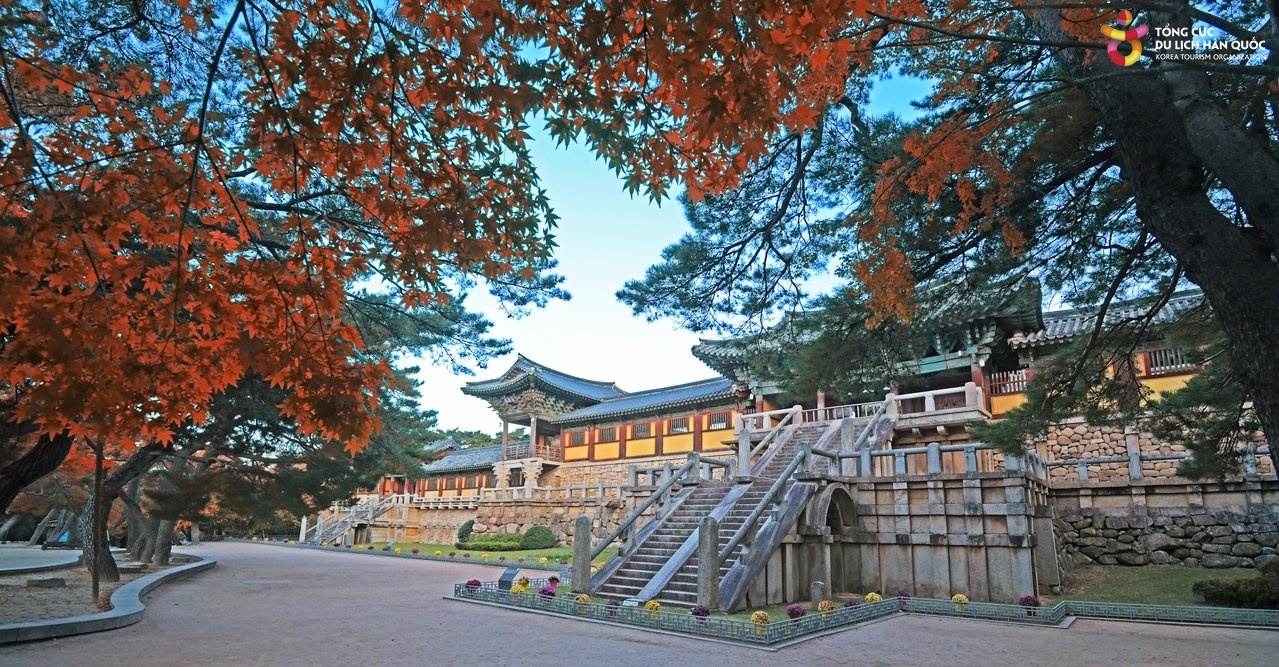
Bulguksa Temple in Gyeongsangbuk Province is also a beautiful tourist destination in South Korea. Photo: KTO Vietnam.
New Destinations
Ikseondong, Seoul: Located in the heart of the capital, Ikseondong boasts numerous narrow alleyways lined with hanok houses, traditional Korean dwellings dating back to the 1920s. Today, these houses have been beautifully restored and converted into restaurants, cafes, and Korean-style bars.
Euljiro, Seoul: This area was once a maze of winding alleyways. Nowadays, it’s bustling with shops featuring historic architecture, but modernized interiors. Nogari Alley in this district is home to many restaurants specializing in beer and delicious nogari (young pollack) dishes for tourists.
Geahangro, Incheon: Old buildings have been revitalized and transformed into businesses such as art galleries, and a 100-year-old house is now a fried chicken shop. Incheon is the closest city to Seoul, making it very convenient for visitors to explore.
Hwangnidangil, Gyeongju: Once the capital of the Silla Kingdom for nearly 1,000 years, Hwangnidangil is now famous for its rooftop cafes where travelers can admire hanok houses from above. After taking in the scenery, you can also enjoy shopping at various souvenir shops along the street.
Unique Accommodation Options
To gain a deeper understanding of South Korea’s culture and nature, consider immersing yourself in a full day and night experience at these traditional lodging facilities, as recommended by KTO Vietnam.
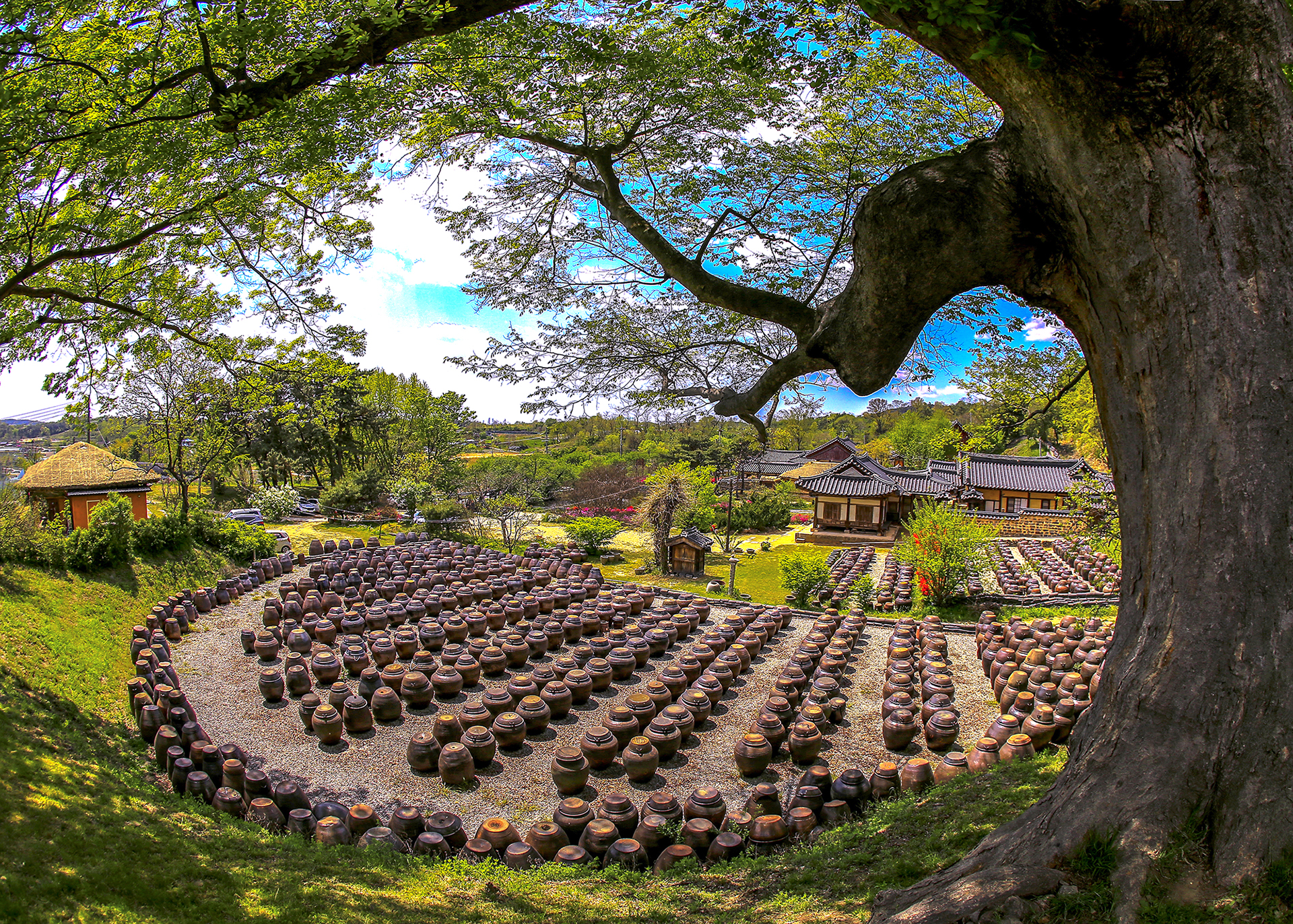
Myeongjae Old House in Chungcheongnam Province. Photo: KTO Vietnam.
Gyeong Won lae Ambassador: These standout traditional houses amid the modern landscape in Songdo, Incheon, offer visitors the feeling of staying in a traditional hanok-style home. However, since many travelers are not accustomed to sitting on the floor, this hotel provides beds and modern-style tables.
Gurume Resort in Andong, Gyeongsangbuk-do: This is a genuine hanok, converted into a guesthouse. During your stay, you can visit a book café for relaxation and entertainment.
Ragung Hotel in Gyeongju, Gyeongsangbuk-do, features an outdoor bathing area that is still private, allowing you to unwind after a long day of sightseeing.
Hanok Villages provide you with the opportunity to enjoy breathtaking sea views through traditional-style fences. Besides the mentioned hotels, there are numerous hanok guesthouses in Seoul and Jeju.
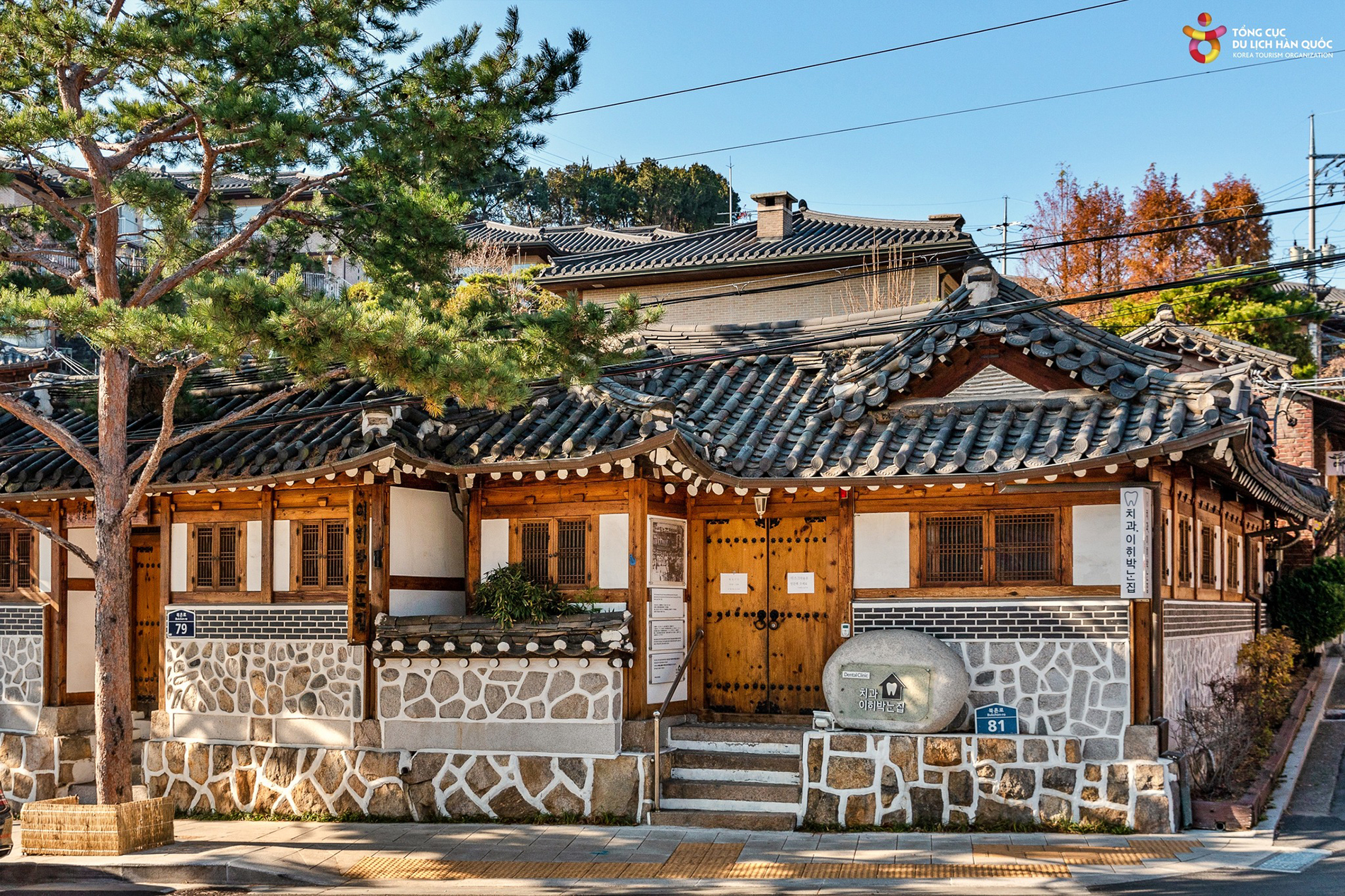
A small corner in Bukchon Hanok Village. Photo: KTO Vietnam.
Shilla Jeju offers a luxurious glamping experience with spacious tents that feel like living rooms, complete with beds, sofas, and tables. Despite being outdoors, these tents are fully equipped and provide a comfortable experience. You can also stay in a similar setting at Kensington Flora Hotel in Pyeongchang, Gangwon, or Mangsang Auto Camping near Mangsan Beach.
Cuisine
Soju: South Korea’s most famous alcoholic beverage. Soju is readily available in convenience stores, typically diluted, and is popular for its affordability.
Makgeolli: This low-alcohol traditional rice wine has a sweet, fragrant taste. It is often enjoyed with pajeon (green onion pancakes) made from flour, meat, and vegetables.
Craft Beer can be found nearly everywhere in South Korea, including Gangneung, Jeju, Andong, and Sunchang. You can easily purchase craft beers at convenience stores and supermarkets.
Signature Dishes
Bibimbap is a visually appealing and much-loved dish made with various fresh vegetables, beef, gochujang (red pepper paste), rice, and sesame oil. Served in a hot stone bowl, it’s a highly popular dish.
Fried Chicken is a dish often seen in Korean movies. It features crispy skin and tender meat inside. It’s popular due to its combination of various traditional seasonings and is often enjoyed with cold beer.
Bulgogi consists of thinly sliced beef marinated in a sweet soy sauce with sugar and garlic, then stir-fried or grilled over charcoal. Seoul-style Bulgogi is prepared differently, using a special grill. The lower part of the grill is used to cook the meat, while the upper part is used to cook the sauce, which typically includes mushrooms, vegetables, and glass noodles. Different regions have their own variations of Bulgogi.

In the people’s meals, kimchi is an essential dish. Photo: KTO Vietnam.
Other famous dishes include spicy rice cakes (tteokbokki), samgyeopsal (grilled pork belly), hongeo samhap (fermented skate with pork and kimchi), small octopus marinated in sesame oil, and cold noodles.
Royal Korean cuisine refers to dishes exclusively prepared for the royal family during the Joseon Dynasty (1392-1910). These dishes use the finest, freshest ingredients gathered from all over Korea to create 12 dishes consisting of vegetables, meat, and seafood. Sinseollo is a hot pot dish with beef broth, meatballs, various vegetables, and gujeolpan, which are thin crepe-like pancakes filled with beef and vegetables. These are two famous dishes in royal Korean cuisine.
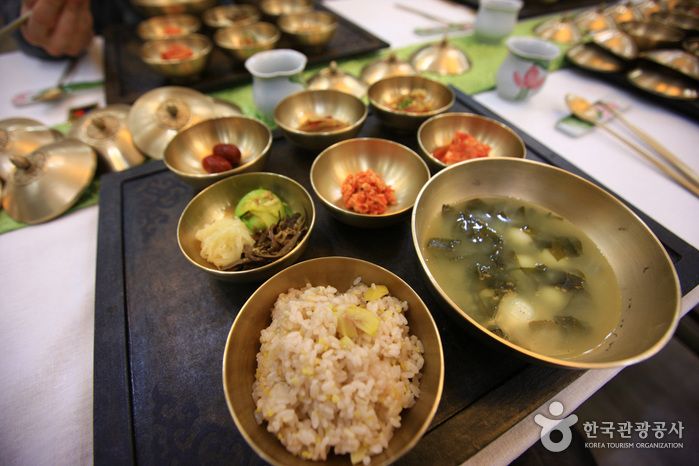
A royal cuisine cooking program in Gyeongsangbuk province. Photo: KTO.
Snacks
Patbingsu: Made from shaved ice, milk, sweet red bean paste, fruits, rice cakes, syrup, and various toppings.
Tteok, or rice cakes, are made by steaming rice flour and molding it into various shapes. It’s one of the most popular traditional snacks in Korea and is a staple during traditional holidays and special occasions.
What to Buy in Korea?
Cosmetics: Korean skincare products are highly regarded for their effectiveness. Face sheet masks are among the most widely used products. Shopping districts like Myeongdong and Hongdae have many cosmetics stores.
Ginseng: Korean ginseng is renowned worldwide for its exceptional quality, especially red ginseng that has been steamed and dried. It’s processed into various products such as candies, jellies, and extracts, which can be purchased at duty-free shops, Namdaemun Market, and popular tourist areas.
Traditional Souvenirs: Traditional lacquerware with handles, mother-of-pearl keychains, lucky silk bags, and porcelain cups with intricate designs.
Palace shops and museum stores are ideal places to buy traditional souvenirs. Cheongwadae Sarangchae and the National Souvenir Center in Insa-dong are two examples. For travelers seeking unique and memorable items, Namdaemun Market is a perfect choice.
Useful Information
Wi-Fi Heaven: Subway stations, cafes, shopping centers, and most tourist spots offer free high-speed Wi-Fi.
Cashless Society: All you need is a credit card. Except for a few small businesses that deal in cash, most places accept credit cards, even for small transactions.
Convenient Public Transportation: A extensive subway system, a nationwide railway network, and rapid intercity buses make it easy to travel around South Korea.
Easy and Fast Food Delivery: From popular restaurant chains to cafes and bakeries, you can have food delivered almost anywhere, including parks along the Han River.
Safe Streets, Low Crime Rates: Instances of robbery, theft, or attacks are rare. Tourist areas usually have tourist police to assist.
The Land That Never Sleeps: Many convenience stores, restaurants, shopping districts, and ATMs are open 24/7. You can buy food, withdraw cash, and top up your transportation card even late at night.
Tourist-Friendly Signage: Most public spaces such as subway stations and bus stops have signs in English. Tourist spots often have signs in multiple languages, including English, Japanese, and Chinese.

